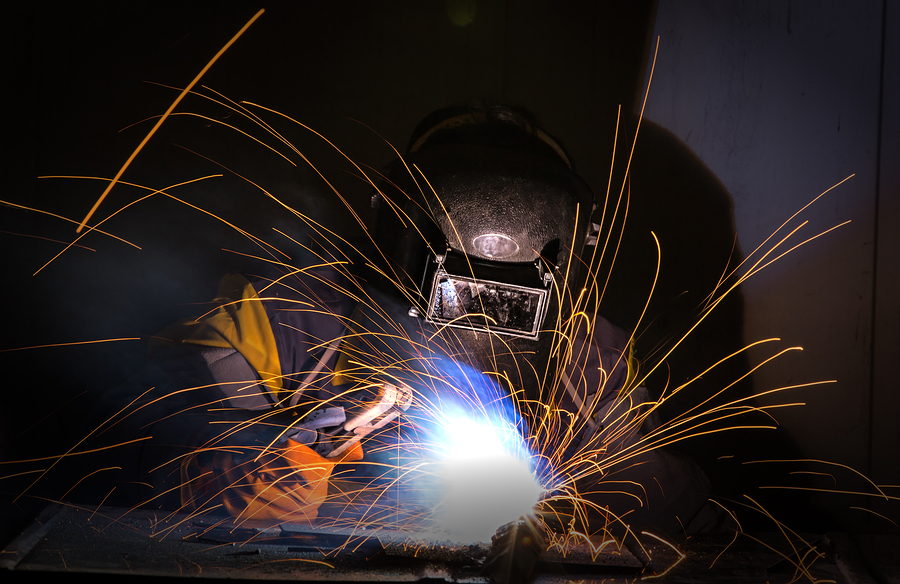Workarounds to Keep the Production Line Running
 Our culture is built around doing the job right so our customers get lasting value from our work. And we don’t just do it for our customers; we take pride in doing the job right.
Our culture is built around doing the job right so our customers get lasting value from our work. And we don’t just do it for our customers; we take pride in doing the job right.
In most instances, “doing the job right” in a vacuum means shutting the line down for repairs or a rebuild.
But the reality of today is that it’s simply not always a financial option for you to shut your line down outside of scheduled downtime. And that requires some creativity to manufacture solutions while the line is still hot.
Some contractors refuse to perform work on lines that are hot. It’s tricky. Safety is paramount while performing “stopgap” solutions on a running line, so we always evaluate safety first and then cost.
Many times, our solutions aren’t something our customers originally thought of. And sometimes, it takes time to come up with the right solution that is safe, effective and economical.
For our younger audience — those of you who are still building your experience with all of the nuances of managing and maintaining heat processing production lines — there’s a reason why some of these workarounds might seem unusual. They stem from business model of the typical contractor:
It’s a natural business practice for many contractors to try to increase job scope, getting as much work as possible at the time, in order to justify finding or allocating scarce resources while also making a profit.
We can’t fault them (and do not) for trying to run a profitable business, but our business model doesn’t force us to try to maximize the volume of work at each job. So it’s just another way for us to be able to evaluate all of the potential solutions available.
And we think that’s better for many of our customers.
Workaround Examples
If you’re thinking that you might need a workaround to keep your production line running until your next scheduled downtime, here are some recent examples of our work that might be applicable to your situation.
The Furnace Door Was Burning Up
Our customer’s industrial furnace door was failing rapidly. The typical response would be to shut the furnace down and replace the door at normal temperatures, but this would have cost our customer a significant amount of lost revenue because of downtime. So, our team created a plan to safely shield the front of furnace, remove the door, and reline the door while the furnace was still in operation and then reinstall it.
They didn’t miss any production. We also created another “standby” door for the customer to use in case this happened another again.
Hot Gunning
It’s fairly common for us to create patches on aluminum furnaces with the hot gun nozzle. This can include jambs, roofs, lintels and sidewalls, and it’s not just limited to the aluminum industry. Hot gunning can be used in most applications where the patch or repair area is within reach of our hot gunning nozzle. In most cases, our hot gunning nozzle is a specific piece of equipment made to withstand high temperatures while still providing water / or activator to the nozzle (mixing chamber).
“Hot” Maintenance
Many contractors won’t work on hot or dirty equipment. It’s not attractive work, and its hard on the body. We perform a fair amount of hot and dirty work, and many of our guys don’t mind it. We believe that if hire the right types of workers that fit our company’s culture, pay them fairly and treat them well, it’s not too much to ask them to do this type of work that many others shun.
Hot work isn’t for the regular millwrights and mechanical contractors out there. Many contractors just aren’t equipped and staffed with the right man-power to work around high temperature equipment. And most mechanical companies won’t work around hot equipment.
Fortunately, at the mechanical and maintenance division at our Knoxville location encounters this type of work every day and will take pride in getting the job done.
Comments are closed.

